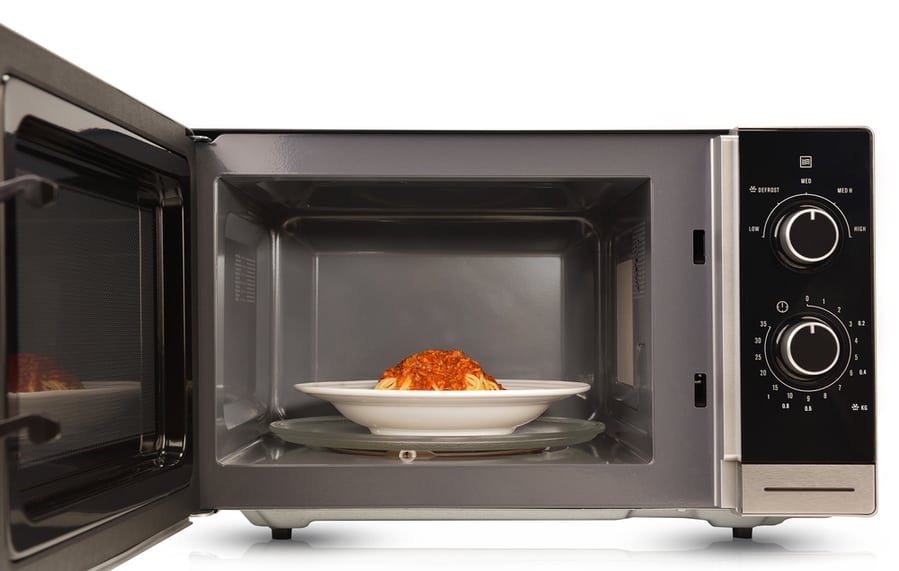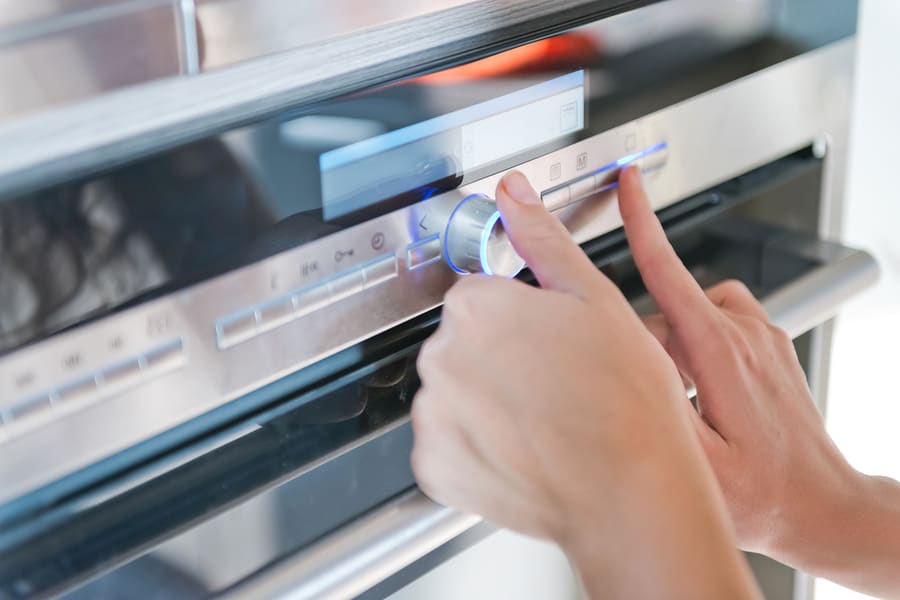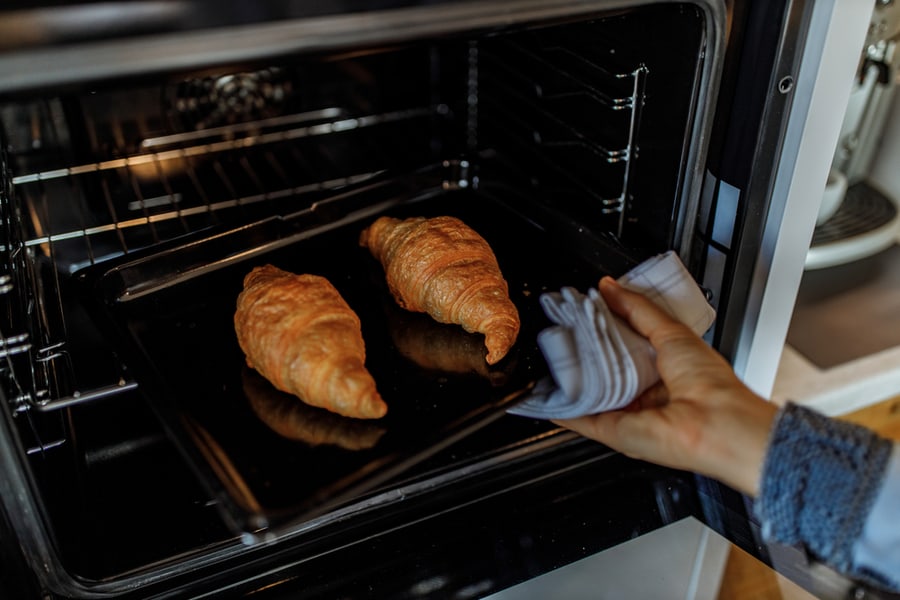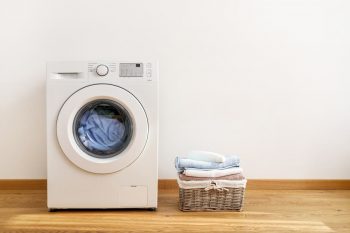
Don’t you wish you could prepare a rich roast in minutes? With a speed oven, you might be able to do just that.
Designed to cut cooking time by up to 50%, speed ovens combine various cooking technologies to give you the same delicious food in just half the time.
But how do speed ovens work, and should you consider getting one for your culinary needs? Here’s everything you need to know.
- Speed ovens combine convection cooking and microwave technology to speed up the cooking process.
- They can take up to 50% less time than standard ovens.
- Depending on the settings, you might have to choose which cookware you should use in your speed oven.
- These appliances are smaller than traditional ovens and accommodate much less food per cooking cycle.
- Speed ovens have completely different controls and settings compared to ovens and microwaves.
Most home cooks prefer using their ovens for everyday meals because they infuse flavor, retain moisture, and reduce the need for such elaborate preparations. Of course, the only downside is that ovens take much time.
Preparing meals in an oven could take over an hour, from preheating to cooking. And with so many home cooks complaining about the length of time that ovens take, manufacturers have developed the speed oven as a response.
What Is a Speed Oven?

As its name suggests, a speed oven is similar to a standard wall oven, with the main distinction being that it can cook much faster.
The appliance achieves this by combining the cooking performance of ovens and microwaves.
In effect, you get the same moist, flavorful food that you would get out of an oven, combined with the lightning-fast cooking abilities of a microwave.
The technology that speed ovens use is pretty straightforward. The appliance uses 90% convection cooking to retain your food’s moisture and flavor.
It also uses microwave heating elements that speed up the heating process. This takes up about 10% of the process.
As a result, you get golden brown, crisp exteriors and juicy, moist, flavorful interiors with roasts and various types of meat. The process takes about 50% of the time to cook the same food using a conventional oven.
Tips for Cooking With a Speed Oven

Speed ovens use a combination of technologies that require unique use and care. If you’re using a speed oven for the first time, remember these tips:
- Use only speed oven-safe cookware made of glass. Anything made of foil, paper, plastic, or metal can’t be used to cook food in a speed oven because of the presence of microwave technology.
- Manage your meal portions to fit into the speed oven. These appliances are designed to be much smaller than the regular oven, so you might have to customize your recipes to achieve evenly cooked outcomes.
- Get familiar with the settings. Speed ovens have completely different controls versus your standard oven or your microwave. Read the manual before you start so you can use the right settings for your recipes.
Takeaway
Speed ovens make a great choice if you do a lot of oven cooking in your kitchen. Quick and easy, these appliances produce hearty, sumptuous, delicious meals in less time.
They’re also great for heating meals and leftovers at the speed of a microwave without losing moisture or flavor.
Frequently Asked Questions
Can You Use the Oven and Microwave Feature at the Same Time?
No, the microwave and oven features work independently of one another. If you plan to use just the convection cooking feature, you can use the typical cookware you would place in an oven.
But if you need to enable the microwave feature after cooking with convection heat, you’re strongly advised to stick to glass cookware.
Is a Speed Oven Faster Than a Microwave?
While speed ovens are notably faster than standard ovens but slower than microwaves, so if you were planning to reheat leftovers with your speed oven’s microwave feature, you might have to wait slightly longer.
Nevertheless, speed ovens produce much more tender and flavorful food versus the heating performance of a microwave, which tends to absorb moisture and dry out food.











